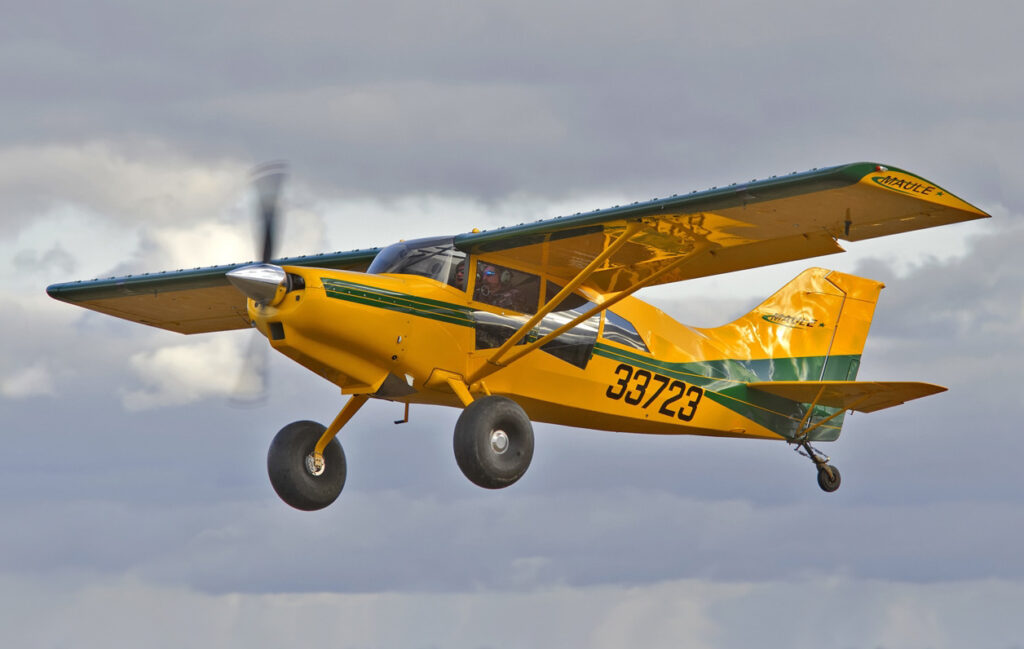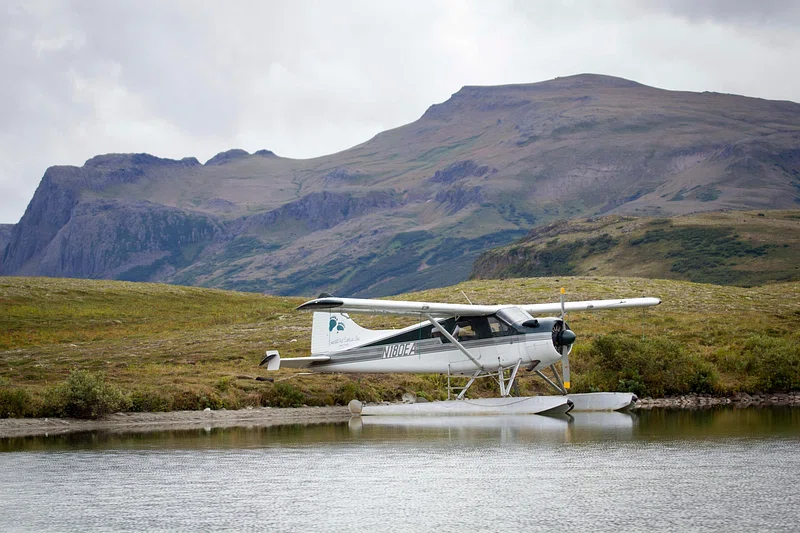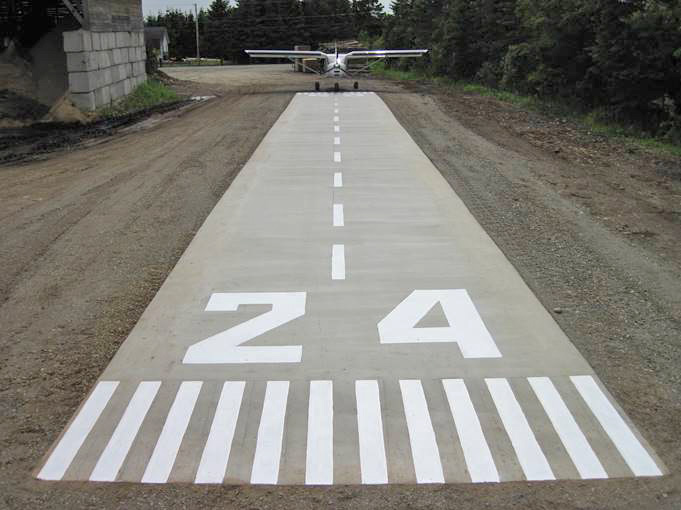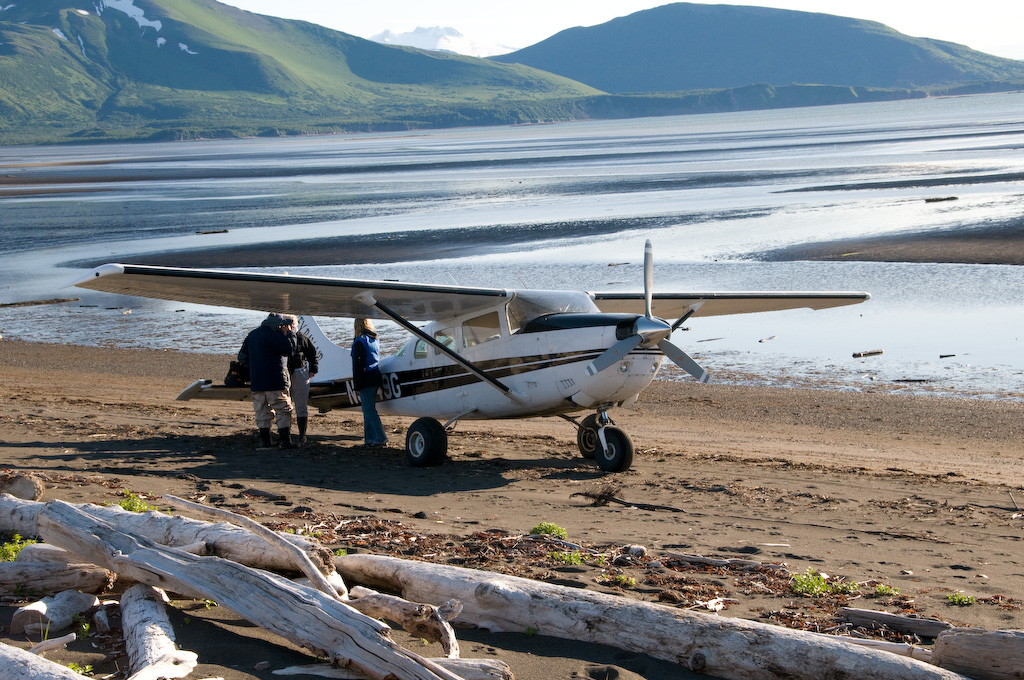As a student pilot, you’ve probably wondered about those adventurous pilots who land on grass strips, gravel bars, and mountain meadows. Bush flying opens up incredible opportunities to explore remote destinations, but it requires specialized skills and knowledge that go well beyond your basic training.
What Makes a Good Bush Plane?
Bush aircraft are built differently from your typical training airplane. They feature short takeoff and landing (STOL) capabilities, meaning they can get airborne quickly and land in very short distances. Popular bush planes include the Piper Super Cub, Cessna 180, and Maule M-series aircraft.
These planes typically have tailwheel configurations (taildragger design) rather than tricycle gear, which provides better ground clearance and handling on rough terrain. They also feature large, low-pressure tires that act like balloons, allowing the aircraft to “float” over soft surfaces like sand, mud, or snow.
Most bush planes have high-wing designs for better visibility of the ground below and improved slow-speed handling characteristics. Simple, reliable engines are preferred over complex powerplants since you might be landing hundreds of miles from the nearest mechanic.

Essential Modifications
Bush pilots often modify their aircraft for improved off-airport performance. Oversized tundra tires, sometimes 35 inches or larger, provide excellent flotation on soft surfaces. Extended flaps and wing modifications help reduce stall speeds and improve low-speed control.
Many bush planes also feature reinforced landing gear, propeller guards to protect against rocks and debris, and additional cargo capacity for camping gear, supplies, or passengers heading to remote locations.

Basic Techniques Every Student Should Know
Soft Field Takeoffs: The goal is to get the nose wheel (or tailwheel) off the ground as quickly as possible to avoid dragging through soft dirt or mud. Apply full back pressure from the start, let the plane lift off at a slower speed, and stay in ground effect until reaching normal climb speed.
Soft Field Landings: Land as slowly as possible with a nose-high attitude. Keep some power throughout the approach to maintain control, and touch down on the main wheels first. This minimizes the load on the nose wheel when it settles onto soft ground.
Surface Assessment: Always fly over a potential landing site first. Look for obstacles, check wind direction using smoke or vegetation movement, and assess surface conditions. Wet grass can be slippery, while loose gravel might cause control issues.

Safety First
Bush flying involves inherent risks that don’t exist at your home airport. Weather can change rapidly in mountain areas, and help might be hours or days away if something goes wrong. Successful bush pilots carry emergency equipment including survival gear, extra food and water, warm clothing, and communication devices.
Never attempt off-airport operations without proper training. Many flight schools offer specialized bush flying courses, and organizations like the Recreational Aviation Foundation provide resources and training opportunities.
Getting Started
As a student pilot, focus first on mastering basic flying skills. Once you have your private pilot license and some experience, consider additional training with a qualified bush flying instructor. Start with well-maintained grass strips before progressing to more challenging terrain.
Bush flying represents aviation at its most adventurous, offering access to pristine wilderness areas and unique flying challenges. With proper training, equipment, and respect for the environment, it can become one of the most rewarding aspects of your flying career.

Want more aviation insights like this? Subscribe to our blog or follow us on Instagram @eazypilotindia for weekly content on flight training, career tips, and aviation news.